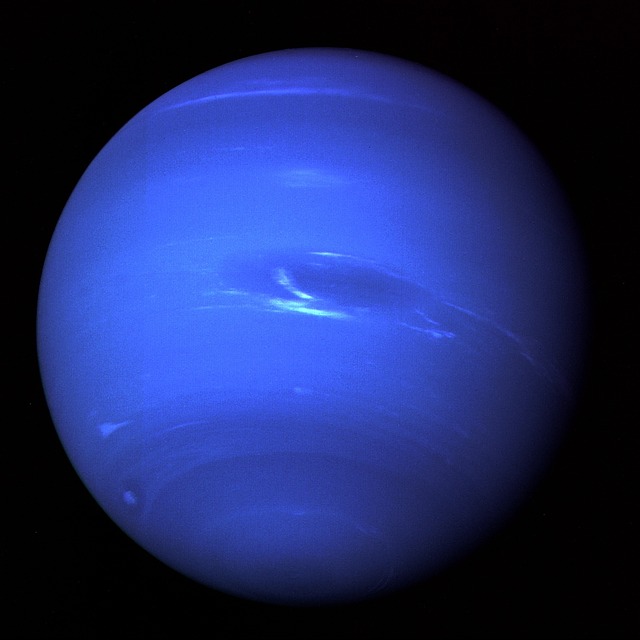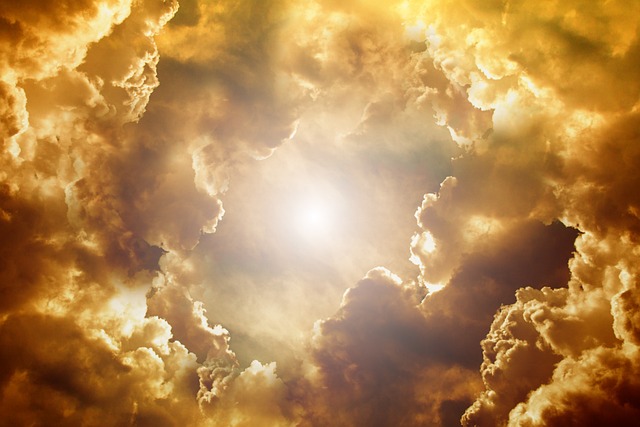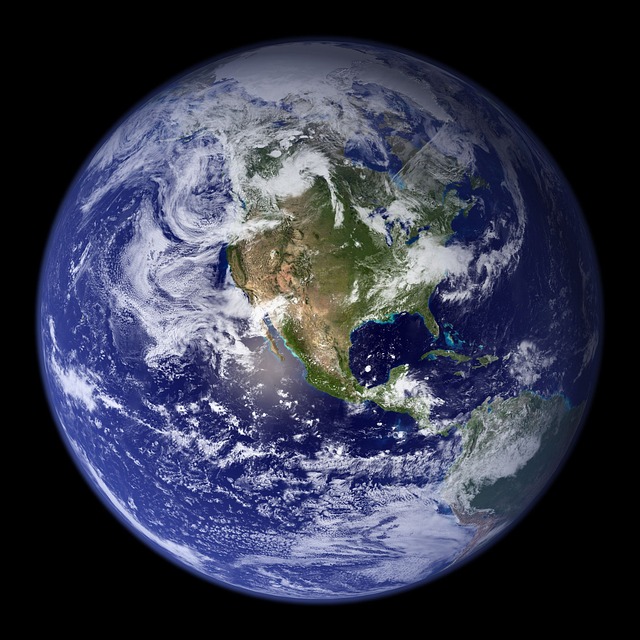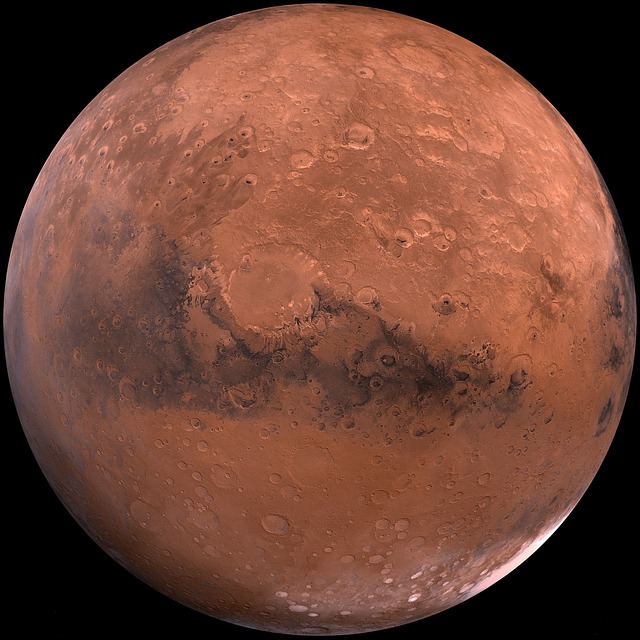Category: Astronomy
-

Neptune Facts For Kids | Top 30 Most Amazing Facts
Neptune, a vivid blue-colored planet, remained undiscovered for many years since it was not accidentally found just like other planets. Scientists found it mathematically. Neptune is the most distant planet in our solar system but the discovery of Pluto in 1930 made Neptune the second most. The same belief continued until 2006 when International Astronomical…
-

Facts About The Sun For Kids | The Brightest Star
The first thing you should know about the Sun is that it is not a planet but a star. A spherical-shaped star is actually made up of burning plasma interconnected with magnetic fields. There was a time when astronomers thought it as an undersized star with little or no significance. But not anymore because today…
-

Moon Facts For Kids | The Only Satellite Of The Earth
Since Moon is the only planet in our solar system to which humans have reached so far, so there is a lot to know in Moon facts for kids. The size of the Moon is much smaller than the Sun but it’s quite big as compare to our planet. Unlike the Earth, the crust, mantle…
-

Earth Facts For Kids | The Blue Planet
Earth is also known as ‘Blue Planet’ because it looks like a blue ball from outer space. This blue color is due to the waters of the oceans which cover more than 70 percent of the planet. Earth is the only planet in our solar system to support natural life and has water on it.…
-

Mars Facts For Kids | The Red Planet
Mars is perhaps one of the only planets in our solar system that resembles a lot with our own planet, the Earth. So how about discovering this great planet and read some useful Mars facts for kids! The red color of this planet is because of the rust caused by the high concentration of iron…